WiFi, or Wireless Network Connection, has simplified networking and Internet access in our homes. It has enabled wireless music and video streaming, file and printer sharing, and Internet access and sharing among WiFi-enabled laptops, computers, tablets, phones, smart TVs, streaming devices and more.
LAN cables are no longer needed as the same functions are now provided by WiFi Routers.
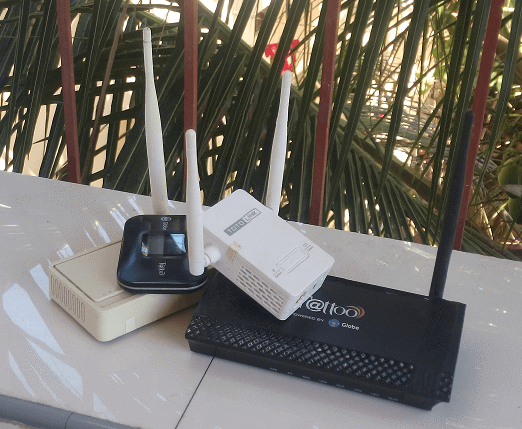
The Consequences Of Unsecured WiFi
However, it is this same wireless function that can be accessed and exploited by intruders. They can be professional hackers determined to access your network for malicious intent, or your neighbor trying to access your network for free internet to download videos or music.
Intruders can do any of the following:
- connect to your network for access to private data in connected devices.
- use your Internet connection to perform a malicious act.
- cast or stream undesirable video or audio to your connected devices.
- use your Internet resource, resulting in a slow and high latency connection.
You obviously don’t want any of these things to happen. So here are 5 ways to secure your WiFi connection.
Change Your SSID & WiFi Access Password Periodically
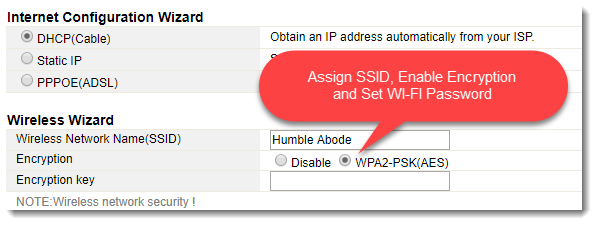
SSID is the name of your WiFi connection. WiFi routers are provided default SSIDs according to brand and model. However, certain brands and models have known vulnerabilities.
An intruder can use the default SSID to identify the router and then exploit it using its known vulnerabilities. But you can mitigate this threat by assigning a unique SSID to hide what type of router it is.
Closely related to SSIDs are WiFi access passwords. In order for any user to gain access to a router’s wireless connection, that user will need to know both your router’s SSID and its corresponding password. As some routers have known default passwords (and some even have no password at all), assigning a new password will prevent an intruder gaining unauthorized access.
No network is completely safe though. Determined intruders will find ways of obtaining your password through a variety of methods. But these methods usually take time, patience, and creativity.
By changing your SSID and WiFi access password periodically, an intruder who may have already obtained your old WiFi password will have to go through the same time-consuming process again to obtain your new password. Eventually, they may lose interest if the required time and effort far exceeds the rewards gained.
Place Your WiFi Router In a Secure & Strategic Location
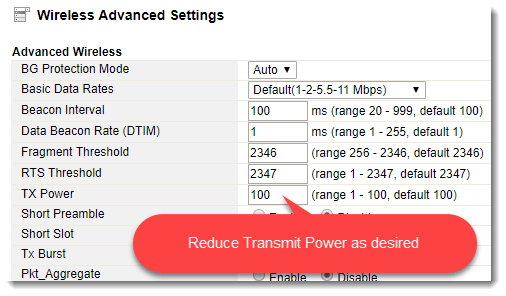
Your WiFi router should be located in a way that its signal is only enough to service all areas of your home and not beyond. WiFi signals reaching areas outside your premises, such as the street or houses next door, would invite potential intruders to try and access your network.
To control your WiFi signal strength, adjust the transmit power in your router so it stays confined within the boundaries of your home.
In addition, your WiFi router should be placed in a secure location. Routers have buttons and ports that may allow intruders to bypass any security in place. The WPS button, for instance, allows access to any device connecting by WPS after the button is pressed.
Similarly, some WiFi routers have LAN ports for backward compatibility with wired connections, which are unsecured by default. Preventing physical access to the WiFi router’s WPS button and LAN ports can further secure your WiFi.
Change The Administrator Management Profile Of The WiFi Router
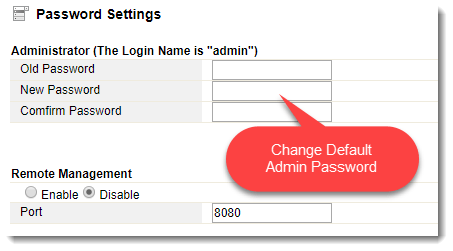
All routers have an administrator profile for maintenance purposes. These profiles usually have accompanying factory-issued admin usernames and passwords. You need to change them.
Failure to do so will enable an intruder with WiFi access to leave a backdoor opening that they can use later on, even after the SSID and WiFi access password have been changed.
Use the WiFi Router Administrative Functions
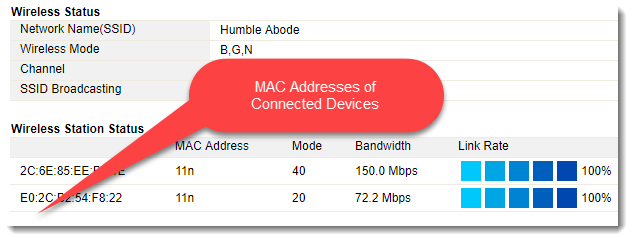
Some WiFi routers have other functions that help with security.
For example, some routers display a list of all devices currently connected to it through MAC address identification. You can manually check connected devices through their identified MAC addresses to determine whether or not an unknown device has connected.
Other routers have a Whitelist/Blacklist function. This allows you to specify which devices (based on their MAC addresses) can or cannot access your router.

Another administrative function you might want to control is the WPS Pin Entry function. It allows users to access the router by entering a PIN rather than a password and can be abused by intruders to gain backdoor access.
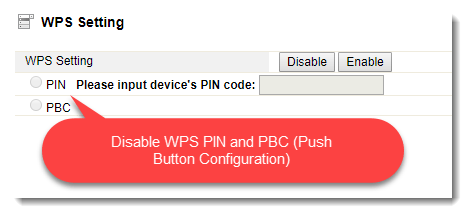
Secure Devices That Connect To Your WiFi Router
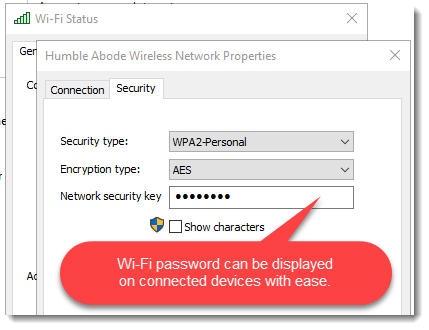
Devices that connect to your WiFi router usually store the WiFi password on their systems. That can be a problem.
An intruder with physical access to those devices can view those stored passwords. To counter this threat, you need to make sure all your devices are secured.